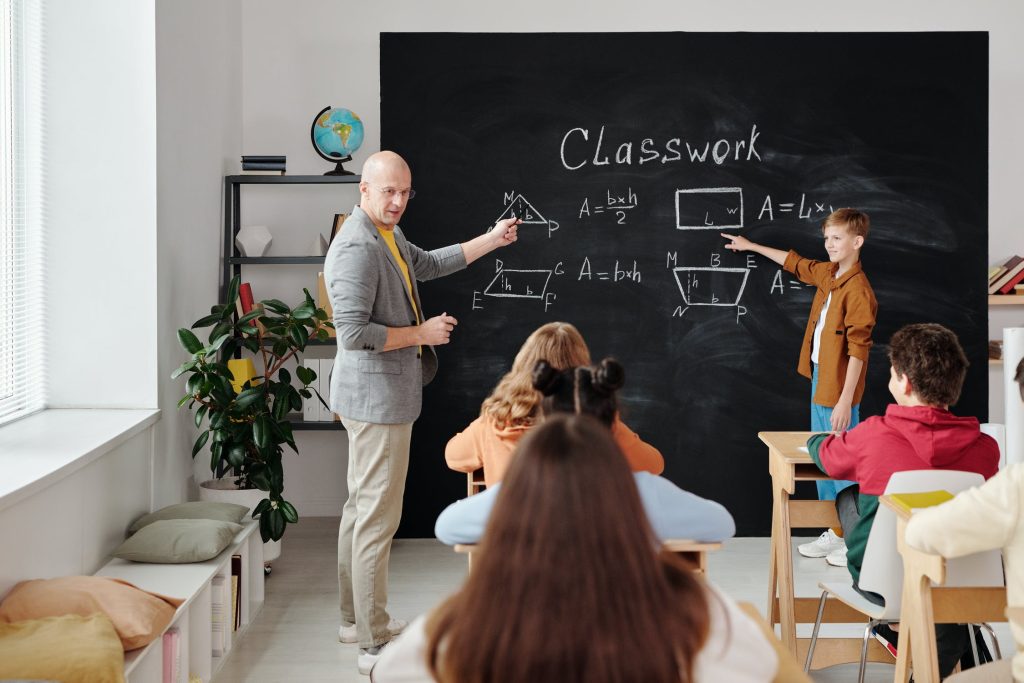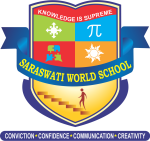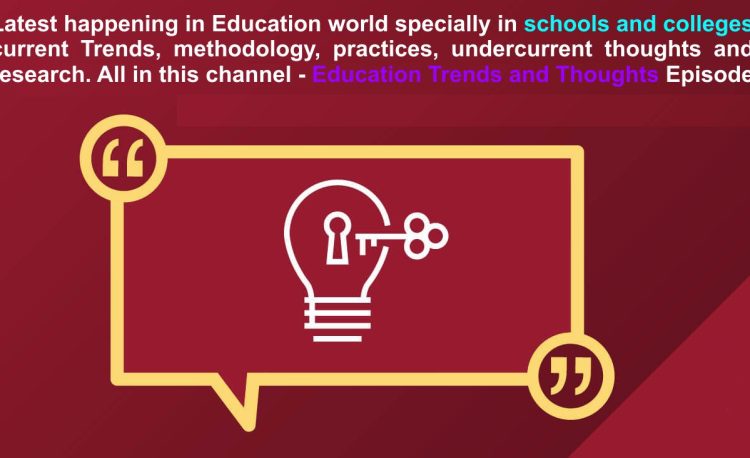Nano Learning
With the advent of new technology for almost everything or work, education is no exception to this and remarkable changes can be seen in this field where the traditional way of teaching and instruction is fast changing to achieve the best from every student.
One such initiative is nano learning which is also going popular across schools, colleges, and universities. another name for nano learning is short learning or macro learning and these are interchangeably used.
In some places, it is seen that nano learning is shown different from microlearning which is altogether a different subject and will not be discussed in this topic.

The last two years have been the toughest for human life and so for providing education. The extraordinary situation has forced us to sit back in front of a computer screen for hours to receive an education. The consequences of such long-drawn sitting and exposure to computer screens are showing colors in the form of sickness, psychological problems, mental fatigue, eyesight problems, physical exertion, etc., and these outcomes lead to complicated problems related to a reduced state of attention span for students means loss of focus and concentration and different behavior of human (student) psyche.
Entire learning is compromised as reduced attention span or focus coupled with disinterest is a matter of concern for everyone.
To deal with the little attention span one can resort to a nano learning model to deal with the situation.
To define nano learning in one sentence is ” to provide information in smaller possible size to students to understand and learn it in quickest possible time.”
For example instead of sending an entire chapter of 5000 words to students for learning once divided the same into 500 words or Para and provide the same to students to gauge it fast.

from student psychology, it is evident that learning in short bursts is proven to be useful for students to retain the information and adapt for better cognition.
so one can say that by providing small pallets of information it is likely to see a tremendous rise in efficacy in studies.
And if things move in a positive direction it is not that difficult to grasp the attention of students and aid their ability for better cognition.
The practical approach to implement this model in the classroom is four steps model.
No1. Identify the need of the students- by this we mean to investigate and find the area of the subjects not properly understood by students or the chapters or topics students ask for.
No2. Finalize your learning objective – by this, we mean to understand the requirement like theory or practice or indoor or outdoor, etc.
No3. Choose your teaching ai carefully – by this we mean the use of technological aids available like a smart board, computer, or whiteboard whatever you find suitable to reach your students.
No.4 Last but not least keep your lecture or presentation short to 4-5 minutes
To bring nano learning is not a very easy job but continuous efforts and collaboration will help in achieving it in a shorter time.
Similar articles

